- Call us: 01444 237070
- Contact Us
- Stores
- Sign In / Register
-
- Back
- Used Cameras
- Used Accessories
- Used Lenses
- Used Video
- Used Film Equipment
- Used Stock Alert
- Used Blank Test
- Sell or Part Exchange
- Used Clearance
- Recently Added Used Equipment
- Park Picks
- All Used Black Friday Deals
- Faulty
- Trade-In
- Blog
- New in
- Call us
- Contact us
- Stores
- Sign in
- Categories
- Tips & Inspiration
- Reviews
- News
- Events
- Features
- Buying Guides
- Competitions
Leica D-Lux 8 First Look Review
Thanks to timeless designs, immersive shooting, and a rewarding ownership experience, Leica compact cameras are consistently popular with photographers and storytellers everywhere. The highly-anticipated release of the next-generation Leica D-Lux 8 comes 20 years after the first model was released, and our Leica D-Lux 8 First Look Review explores the latest model and what it offers compared to its predecessors.
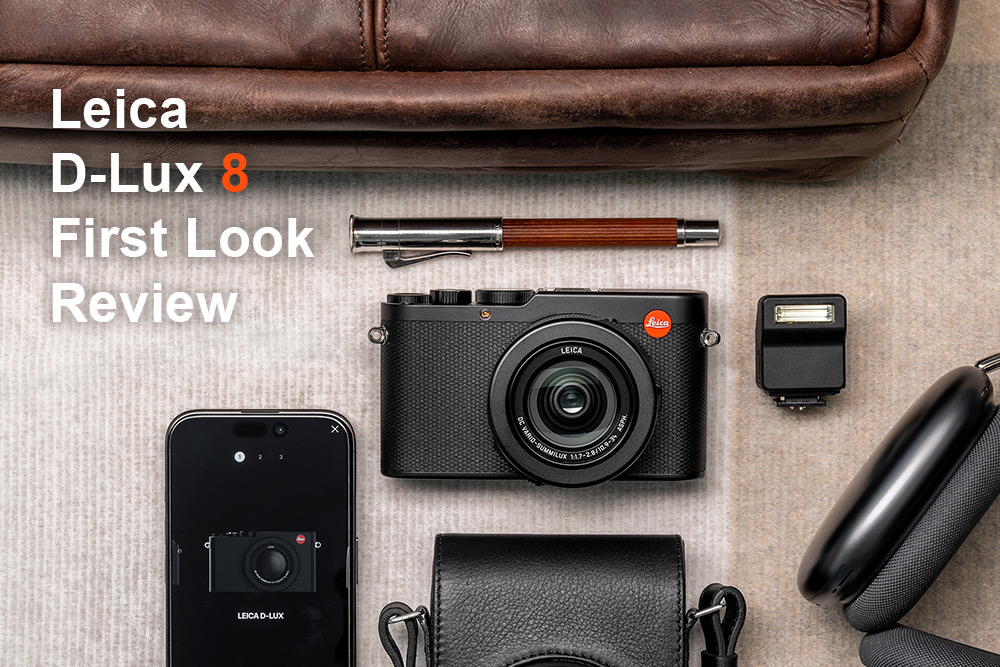
Explore sample images, discover some of the most popular accessories, and compare technical specs so that you can determine whether it’s perfect for your needs. If you’re looking for a compact all-in-one camera to bring anywhere, whether to a restaurant, on holiday, or during a city break, look no further than this review of the latest model in the D-Lux series.
What is the Leica D-Lux series?
The D-Lux series is Leica’s most accessible range of compact cameras, which offers an all-in-one portable design with a zoom lens. Leica has tried to keep the camera pocket-friendly in every sense, with a smaller body, retracting zoom and accessible price point.
The current model continues the ethos by being perfectly suited for travel and everyday shooting, offers a bigger sensor than most smartphones or compact cameras, and is beautifully designed with minimalist and unmistakably Leica aesthetics.
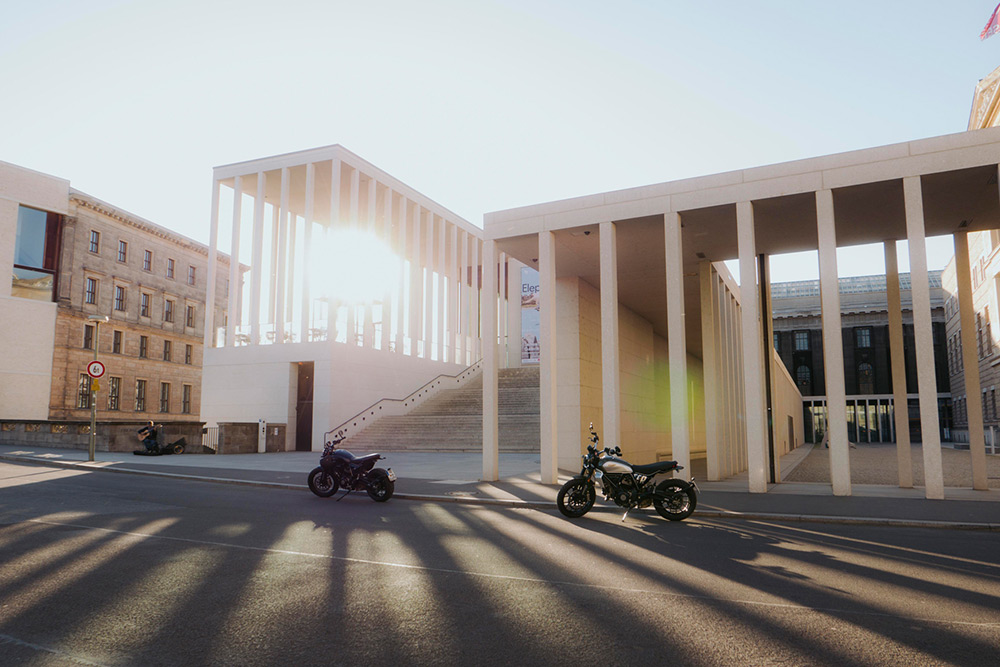
Main D-Lux 8 features:
- 17MP micro four thirds sensor
- 3.1x DC Vario-Summilux 10.9-34mm f/1.7-2.8 ASPH. zoom lens (24-75mm equivalent)
- Refreshed body design including a simplified rear panel
- 4K 30p video recording
- Updated OLED EVF and upgraded 3” rear LCD
- New USB-C 3.1 charging
- New ability to shoot DNG format RAW files
- The latest menus with touch screen control
- A range of new and existing accessories
- Deeper integration with Leica FOTOS app for camera control, updates and file sharing
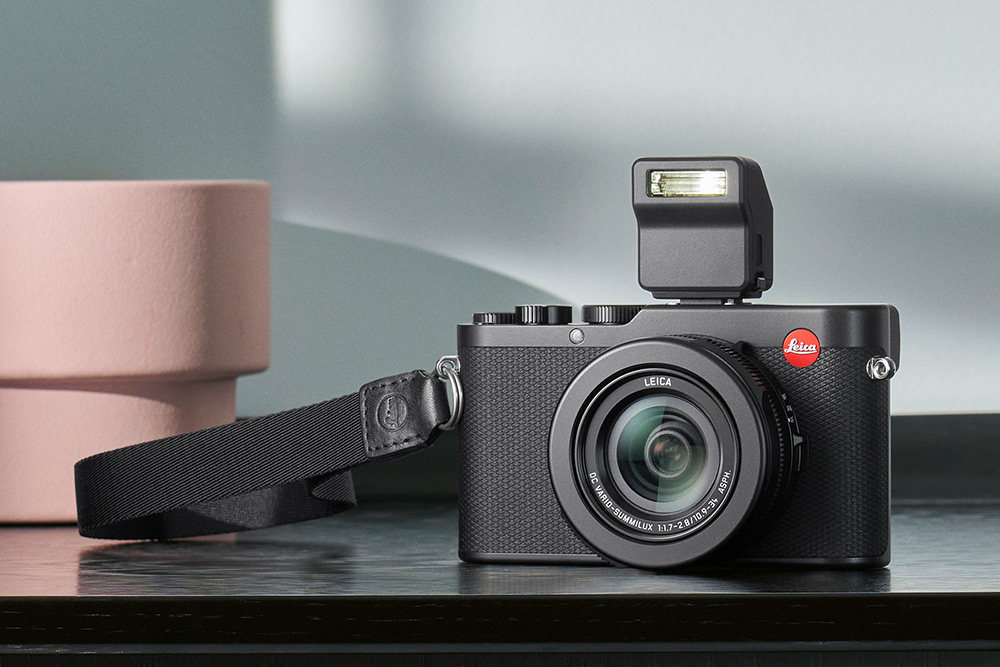
When did the D-Lux 8 launch and what does it cost?
Having been announced on May 23rd, the Leica D-Lux 8 became available to purchase on 2nd July, 2024 – almost six years since the release of its predecessor, which arrived in 2018. The new D-Lux 8 has a launch price of £1450.00.
History of D-Lux compact camera launches
D-Lux series cameras are now refreshed every few years, highlighting their durability and future-proof design, compared to the more frequent updates every year or two when they launched back in 2003. This is good news for creators, and suggests that the D-Lux 8 should remain contemporary for some time.
There have been some special edition launches over the years, which include collaborations with 007, VANS, A Bathing Ape, and a number of celebrity collabs. These always garner plenty of attention and solidify Leica’s position as a pioneering brand, even when it comes to the most accessible range.

The table below identifies all of the D-Lux launches to date, includes each megapixel count and zoom range, in order to see how the lineup has developed over the years.
|
Model |
Year |
Megapixels |
Zoom (equivalent) |
|
D-Lux 8 |
2024 |
17MP |
24-75mm |
|
D-Lux 7 |
2018 |
17MP |
24-75mm |
|
D-Lux 109 |
2014 |
13MP |
24-75mm |
|
D-Lux 6 |
2012 |
10MP |
24-90mm |
|
D-Lux 5 |
2010 |
10MP |
24-90mm |
|
D-Lux 4 |
2008 |
10MP |
24-60mm |
|
D-Lux 3 |
2006 |
10MP |
28-112mm |
|
D-Lux 2 |
2005 |
8MP |
28-112mm |
|
D-Lux 1 |
2003 |
3.2MP |
35-105mm |
Is the D-Lux 8 better than a smartphone?
Many beginner photographers develop their passion for photography after shooting with a smartphone, and the Leica D-Lux 8 offers a natural progression in terms of both image quality and usability. Overall, the compact camera experience is much more immersive, with fewer distractions thanks to a high-resolution, daylight-viewable viewfinder.
The design is arguably more pleasing too, especially when paired with a half case and bespoke camera strap, which are also beautifully designed. Perhaps most importantly, image quality is superior to the majority of phones thanks to the large Micro Four Thirds sensor, which is paired with a bright Leica zoom lens.
The lens maintains image quality throughout the 3.1x optical zoom range, which can differ from a smartphone that may digitally zoom or crop into images to achieve various zoom lengths. The Leica also renders optical bokeh rather than computational bokeh, which is more natural and more pleasing to most creators. If you have the opportunity to look at files closely you can see lovely details, even as small as eyelashes in portraits, and the macro mode further enhances details of small subjects, allowing you to get closer and fill the frame.
Low light performance is better too, with the D-Lux 8 providing not only a maximum f/1.7 aperture, but also excellent ISO performance of between ISO 100-25000 for photos, and ISO 100-6400 for video.
The D-Lux 8 sees the addition of RAW DNG files for the first time on a D-Lux camera, opening up the opportunity to edit your RAW photos in order to draw out more colour, detail, and contrast. The camera and zoom lens naturally achieve excellent sharpness across the image and control aberrations well, however, post-processing can take your images to new heights.
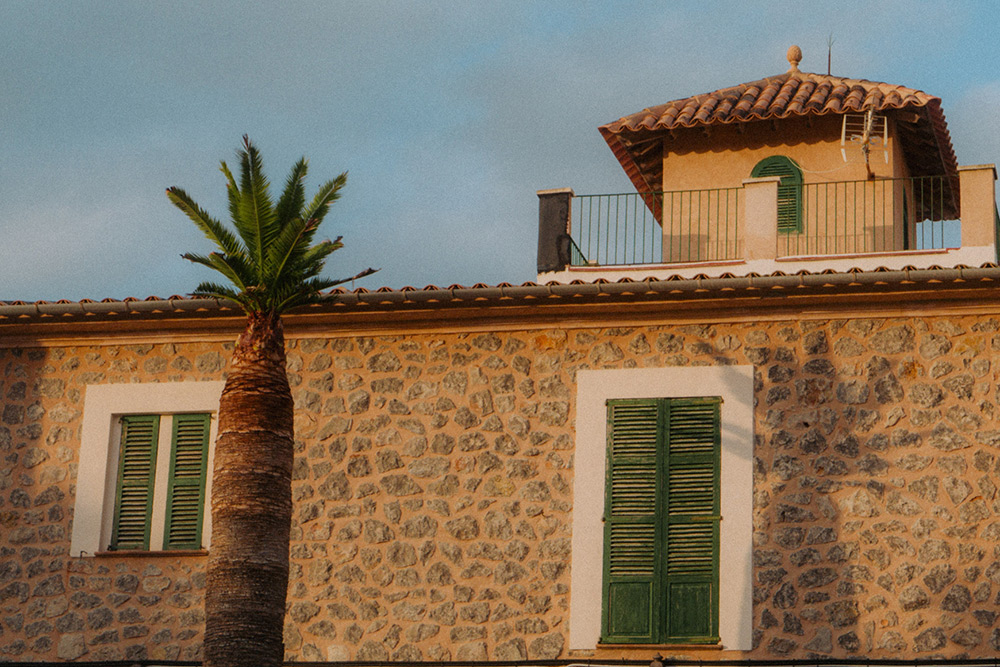
Who is this compact camera for?
With its combination of compact size, portability, beautiful design and great image quality, the Leica D-Lux 8 is ideal for a variety of users. The 17MP photos and 4K video capabilities cater to the needs of social media content creators, family members who document life, and beginners joining the brand.
It’s also a great option for more advanced photographers and also professionals who want an enjoyable second or third camera, which allows them to leave their main system at home, bringing a convenient point-and-shoot instead.
This rather uniquely makes the Leica D Lux camera appealing to a broad audience of existing shooters who may be upgrading, photography beginners moving from a smartphone, and advanced creators who love the Leica experience.
If you’re new to the ecosystem the menus and controls will be very easy to learn, whereas seasoned Leica creators will instantly feel at home. The new compact camera includes the latest touch-type LCD screen with individual photo/video menus, sharing more design appeal and a similar UX as the esteemed Q3.
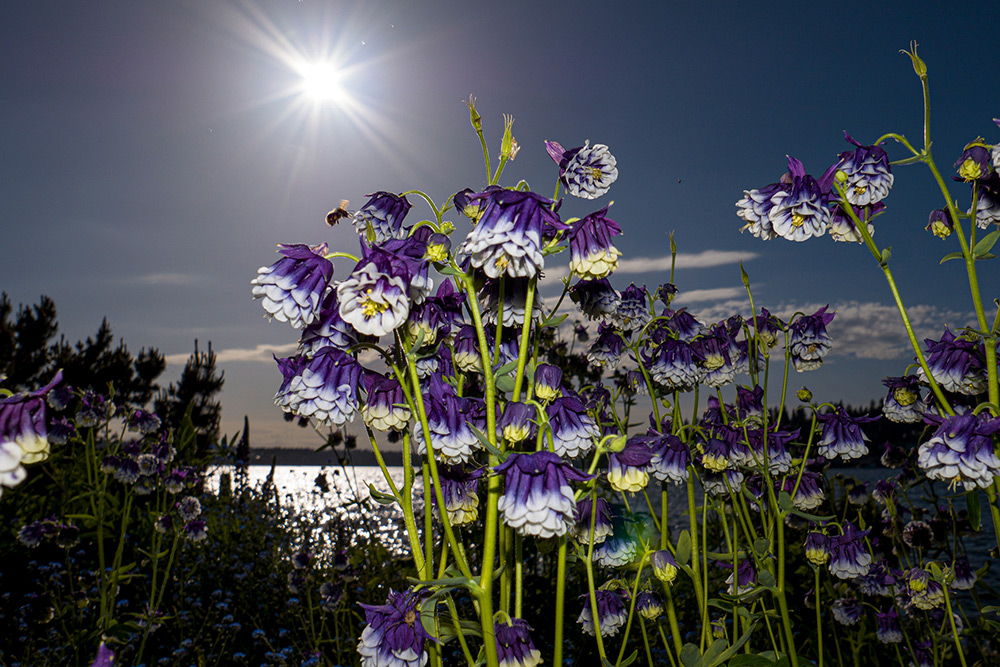
Leica D-Lux 7 vs 8 specs comparison
This specs comparison table identifies the main differences between the two most recent D-Lux cameras. We can see that the sensor and lens are identical with refinements to the body, software and screens. The body features redesigned top, back, and front panels, in keeping with contemporary Leica models.
|
|
D-Lux 7 |
D-Lux 8 |
|
Sensor |
MFT sensor with 17MP effective |
MFT sensor with 17MP effective |
|
Lens |
Leica DC Vario-Summilux 10.9-34mm f/1.7-2.8 ASPH. |
Leica DC Vario-Summilux 10.9-34mm f/1.7-2.8 ASPH. |
|
Viewfinder |
0.38” LCD viewfinder with 2.76 million dots, diopter range -4/+3 dpt. |
0.39” LCD viewfinder with 2.36 million dots, diopter range -4/+4 dpt. |
|
Rear display |
3.0” TFT LCD display (1.24 million dots), touch |
3.0” TFT LCD display (1.84 million dots), touch |
|
Recording file formats |
RWL + JPG |
DNG + JPG |
|
Video |
4K up to 30p in MP4 format |
4K up to 30p in MP4 format |
|
Leica FOTOS app |
|
|
|
Release year |
2018 |
2024 |
Improved integration with the popular FOTOS app makes it easier and quicker to download, share and control the camera, which includes the ability to zoom the lens.
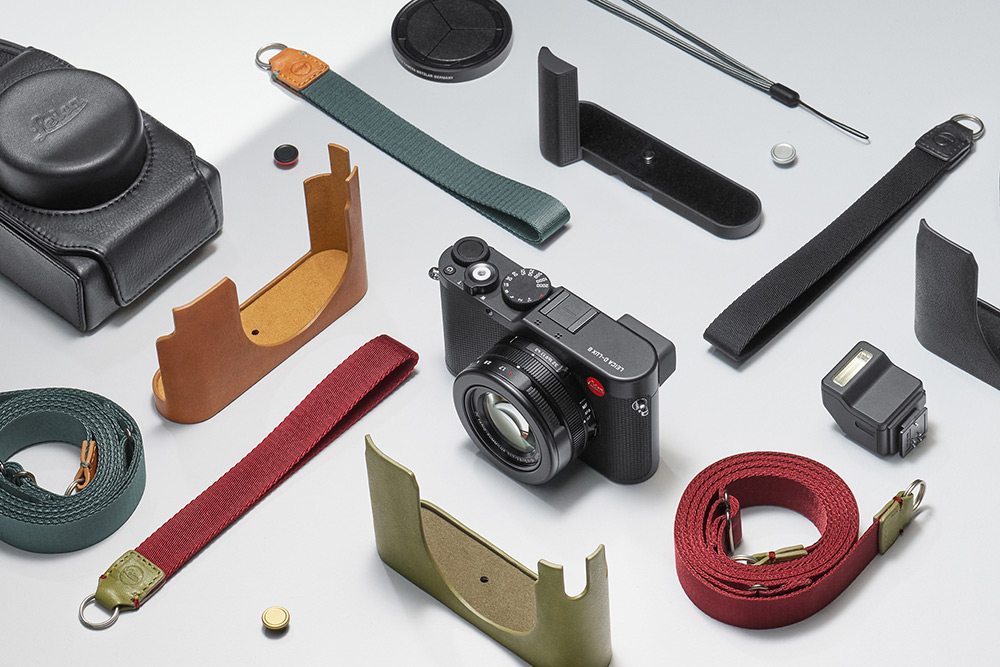
The best accessories
One of the joys of photography is the ability to accessorise your camera, and Leica designs exquisite and versatile accessories to enhance the functionality and appearance of the D-Lux 8. The range includes new colours including Cognac, Petrol, Olive Green and Burgundy accompanying classic black across straps, cases and half cases.
A number of existing D-Lux accessories are also compatible with the new model, and we’ve picked out a few of our favourites below:
- D-Lux 8 Leather Half Case Cognac *New colour which is just beautifully designed and made
- D LUX-8 Leather Half Case Olive Green *Another new colour, which complements the body very nicely
- Carrying Strap Fabric and Leather Olive and Burgundy This new strap is adjustable and combines form and function perfectly
- Wrist Strap Fabric and Leather Cognac and Petrol I use a wrist strap personally, which provides a secure grip with additional peace of mid that your camera is safe
- D-Lux 8 Handgrip Black – a functional and some say essential additional grip for protection and comfort
- BP-DC 15 Rechargeable Battery Pack – At least one spare battery is a must for every creator
- Soft Release Button Brass Blasted Finish – Personalise the camera with this stylish button, which is also available in other colours
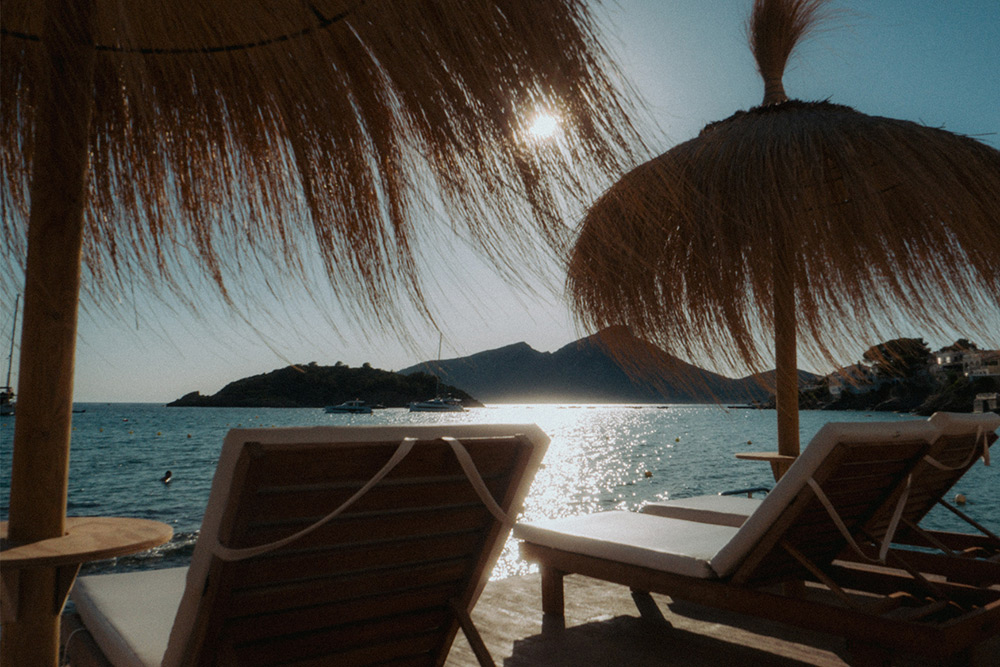
Anyone considering the D-Lux 8 is not alone. Compact cameras are enjoying a renaissance, and the latest generation from Leica delivers by capturing that elusive Leica look, which differentiates images you can capture from the average. The compact camera offers better handling and is more substantial than a phone, and the EVF is far better for composing, especially in bright light.
Image quality is superior regardless of the focal range, and you can render truly natural bokeh from the lens, creating beautiful subject separation even in low light. The physical controls, with satisfying clicks from dials and buttons, enhance the user experience, and this pocket-friendly Leica is sure to spark conversations among friends and followers.
Reserve your Leica D-Lux 8 compact camera today and embark on your own unique storytelling journey.
If you are upgrading from a previous D Lux or selling other unwanted equipment, why not snag a fast and free trade-in quote to see how much you can make without all of the hassle of selling privately.
Share this post:
By Nick Dautlich on 02/07/2024
Nick Dautlich
Senior Content Writer and Product Reviewer
Nick Dautlich is the Senior Content Writer and Product Reviewer at Park Cameras, with over 15 years of photography experience. A Sony Imaging Professional and expert reviewer, Nick has worked with major brands such as Canon, Sony and Nikon. His work is also featured on Vanguard World UK’s website, Capture Landscapes, and Shutter Evolve. Nick’s photography includes National Trust projects and magazine covers and he is passionate about landscapes and storytelling. Nick also enjoys hiking and teaching his children about nature. Learn more on his profile page.

Trade in your old equipment
Fast and easy trade in service ensures your old gear is collected efficiently and you are paid quickly! It's very simple to trade in your unwanted photography gear. Just head over to our dedicated Sell or Part Exchange page, fill out the details, and we'll get back to you with an offer for your old gear. Take the cash, or put it towards the cost of your new gear. It's up to you! Find out more
sign up to the newsletter
Keep up to date on the latest photography news, events and offers. Sign up now

